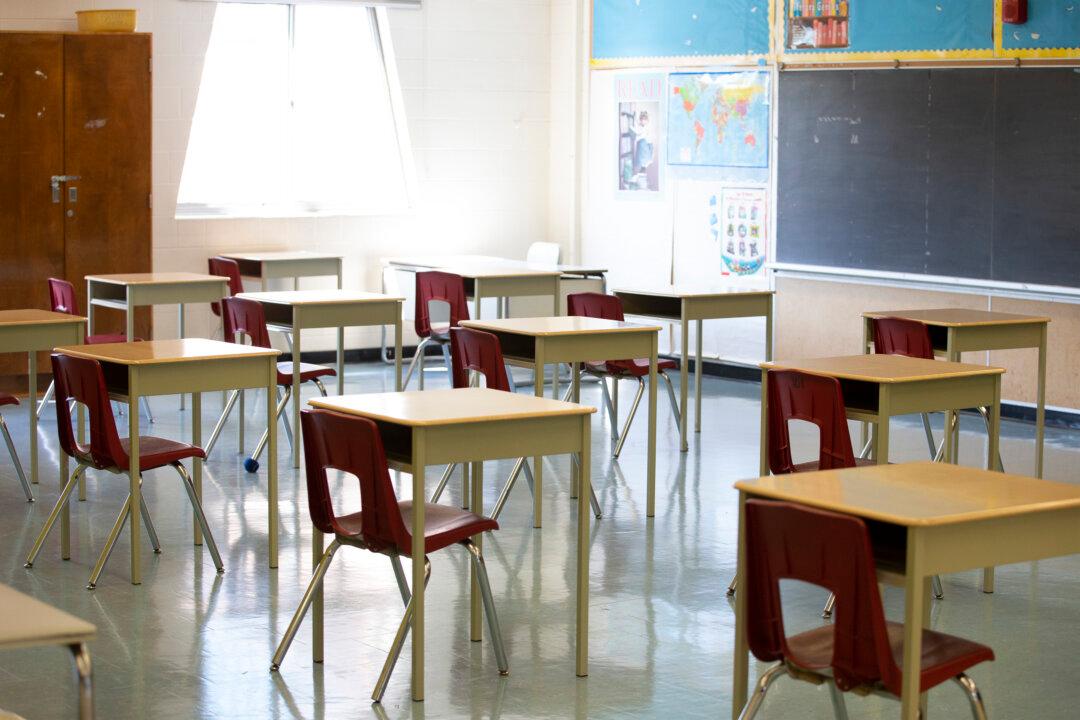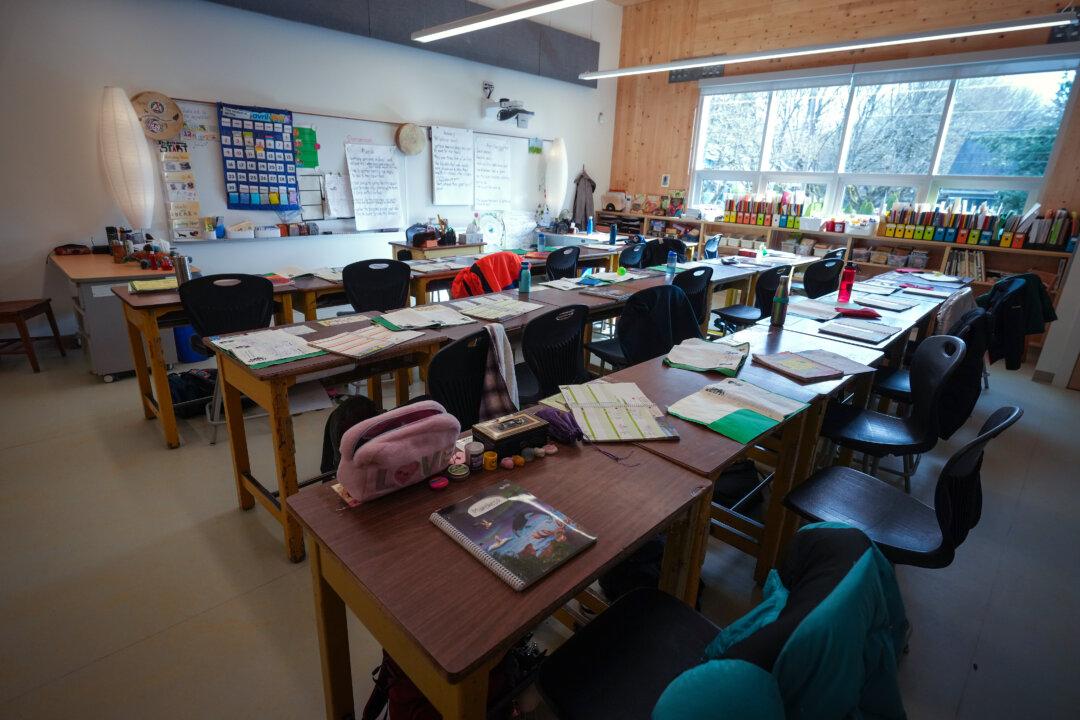Commentary
Out of all Canadian provinces, Alberta provides the most educational options to parents and students. Not only is Alberta the only province that allows charter schools to exist, it also provides independent schools with the most generous per-student operating funding in the country.





